A fairy tale is a tale of grace: an unexpected blessing. In fairy tales, something magical intervenes to transform an individual’s social/emotional state as when a broken home is healed (Hansel and Gretel), a marriage created (Marya Morevna), a lost relationship recovered (Rapunzel and her prince), or a vocation empowered (The Shoemaker and the Elves). By hearing of others overcoming obstacles to reach a state of joy, our own spirits are lifted vicariously. “Once upon a time” opens the door for the tale to be our own, and when “happily ever after” befalls the protagonists, it also falls upon us.
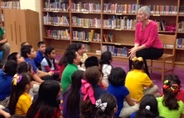
Mary Grace suggested that it's often the protagonist who is transformed. We took a glimpse into Grimm's "Twelve Dancing Princesses" in which the king learned eventually that his daughters' behavior was pretty normal for girls their age. After several failed attempts by many a prince to unveil where the daughters danced each night, a clever old soldier took on the challenge. Given a magical invisibility cloak, this soldier followed the princesses down into another enchanting world in which he too participated in the hours of dancing. Evidence was collected and brought to the king on the fourth day. According to many versions of this Grimm's tale, this is where the King allows the old soldier to choose his bride from the daughters. Mary Grace mentioned to us that she had heard another ending she liked where the soldier explained that he was too old for his daughters but knew of twelve, well deserved princes not too far from this castle who would love to marry his daughters. The king listened and granted this favor to his daughters.
If you were wishing you had been at Mary Grace's workshop, don't fret because she'll be presenting
“The Genre Wrench: Choosing the Right Tool for the Right Tale” on
Friday, March 13th, at the Texas Storytelling Festival. Here is the description:
Telling a legend like a fairy tale drains it of its “legendary” power. Telling a fairy tale as though it were a fable sucks much of the magic right out! Listeners may be amused by the story, but not really satisfied. Try using the “Genre Wrench”! This ordinary tool yields surprising results to help you tune up your stories and rev up the power of your programs.
Thanks to Mary Grace for allowing me to share her fairy tale workshop highlights. I encourage you to stop by her website and blog. Mary Grace is a fabulous storyteller who's talents are shared in classrooms, libraries, festivals, and special events!
I'd love to hear from you about your thoughts on fairy tales!
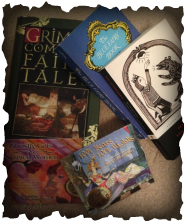
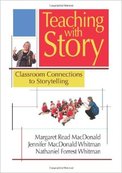


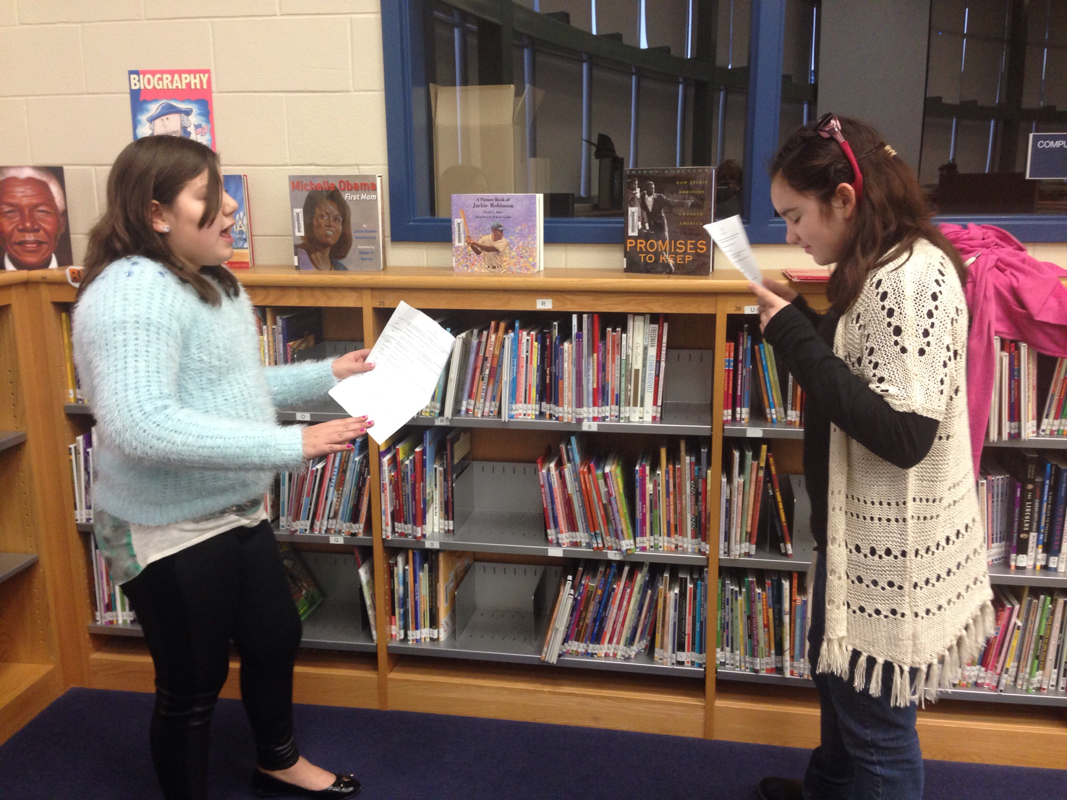
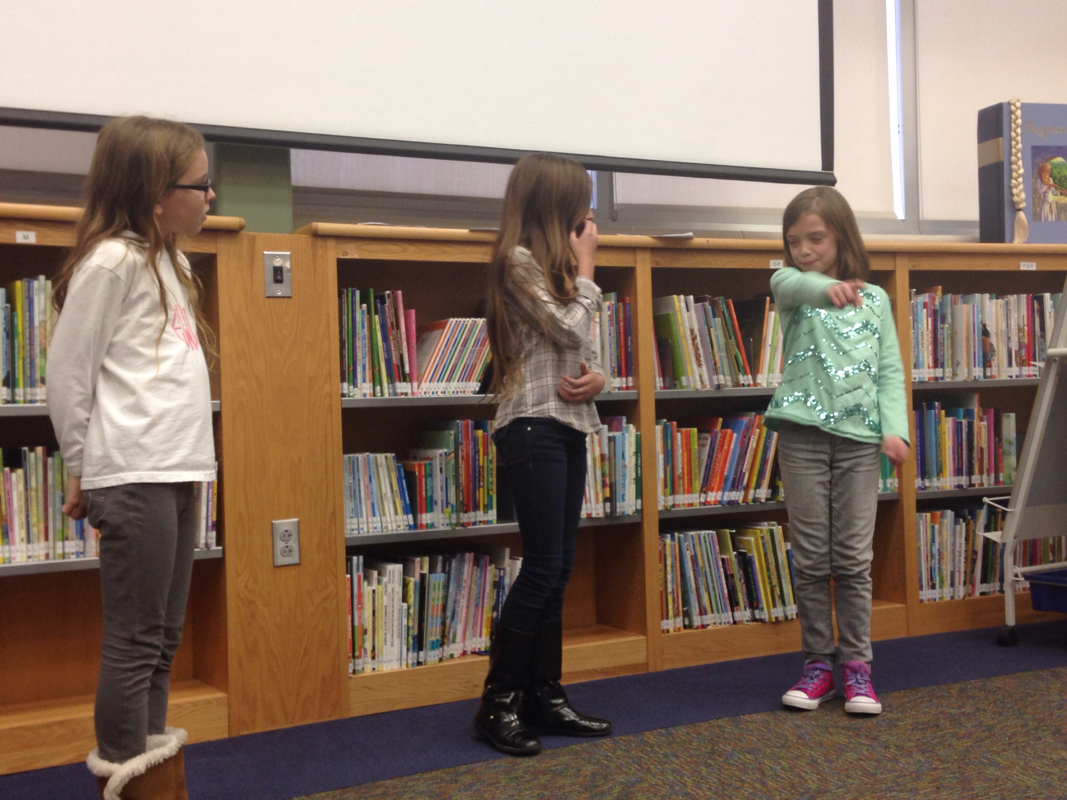
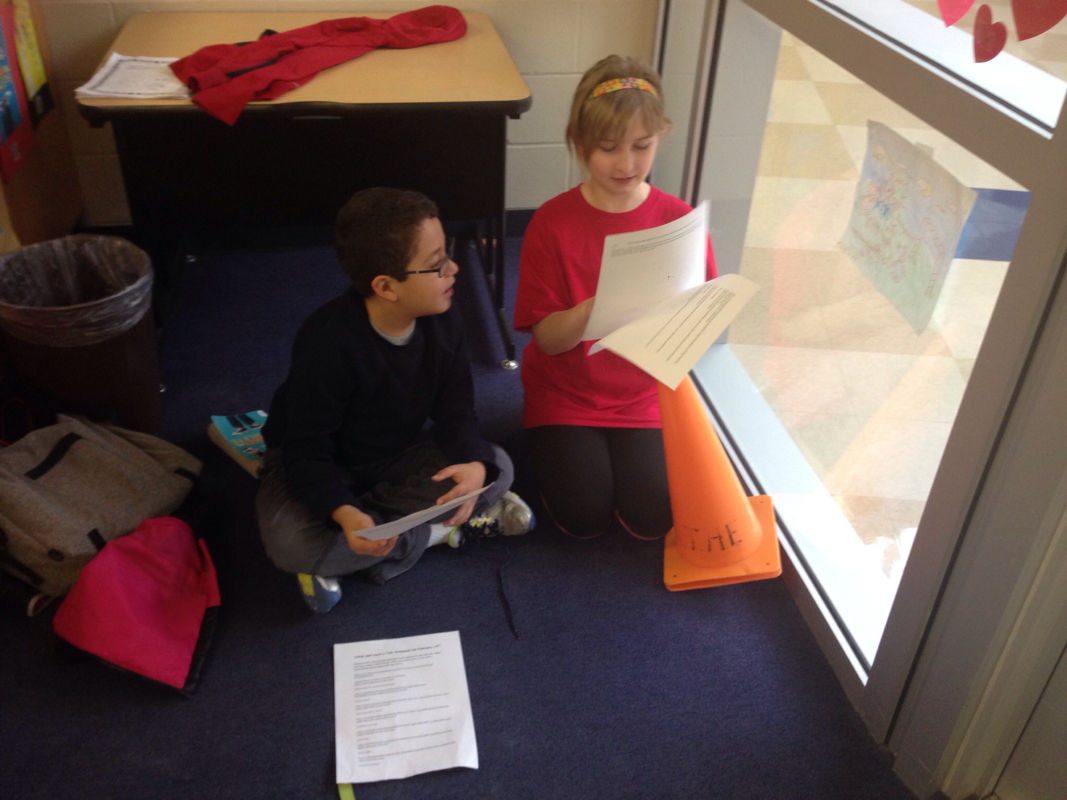





 RSS Feed
RSS Feed